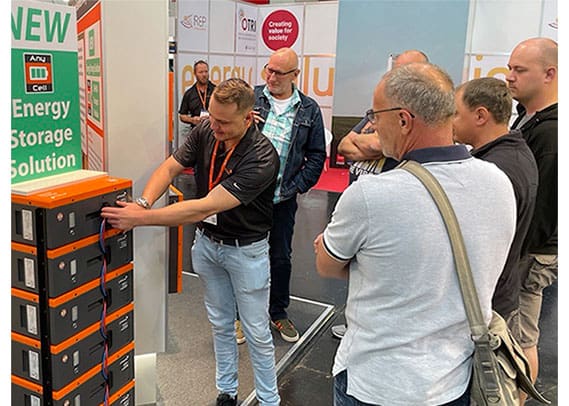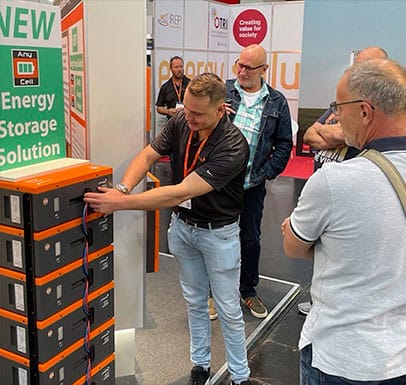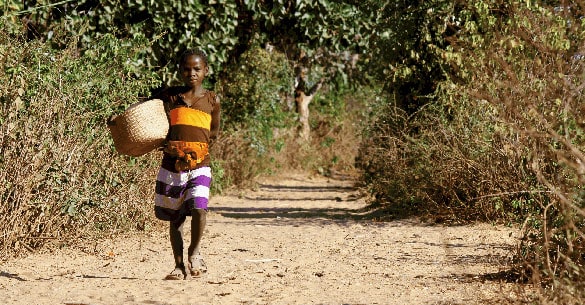
Internationally recognized official days bring the world together to celebrate topics that vary tremendously from carefree and funny to critical and important. There is a place for World Nutella Day or World Hammock Day to keep it light, but there are also opportunities to take on a topic like energy access to focus on the challenges millions of people in the world face – those who don’t have reliable access to energy and the need to bring solutions to improve their circumstances. This takes awareness, purpose, a targeted strategy and effort on a large scale, both globally and locally.
For much of the world’s population, there is a luxury we all share but many do not truly recognize. We plug in our lamps, TVs, phones, computers, refrigerators, cooktops, and power tools without thought. We live a convenient life and a safer life in many aspects. However, for other regions in the world that is far from the truth.
Understanding Energy Poverty and Financial Poverty
There are two ways of looking at reliable energy access and the populations affected. The first is people impacted by unreliable power. Energy for Growth Hub reports 3.5 billion people – almost half of the world’s population – face the daily challenges of not having access to reliable power. Next is the part of that population that is most severely impacted. Our World in Data estimates 940 million people – or 13% – of the world’s population do not have access to any electricity. No access to any power spirals into many varying challenges that leave families and communities with few options to advance their living conditions.
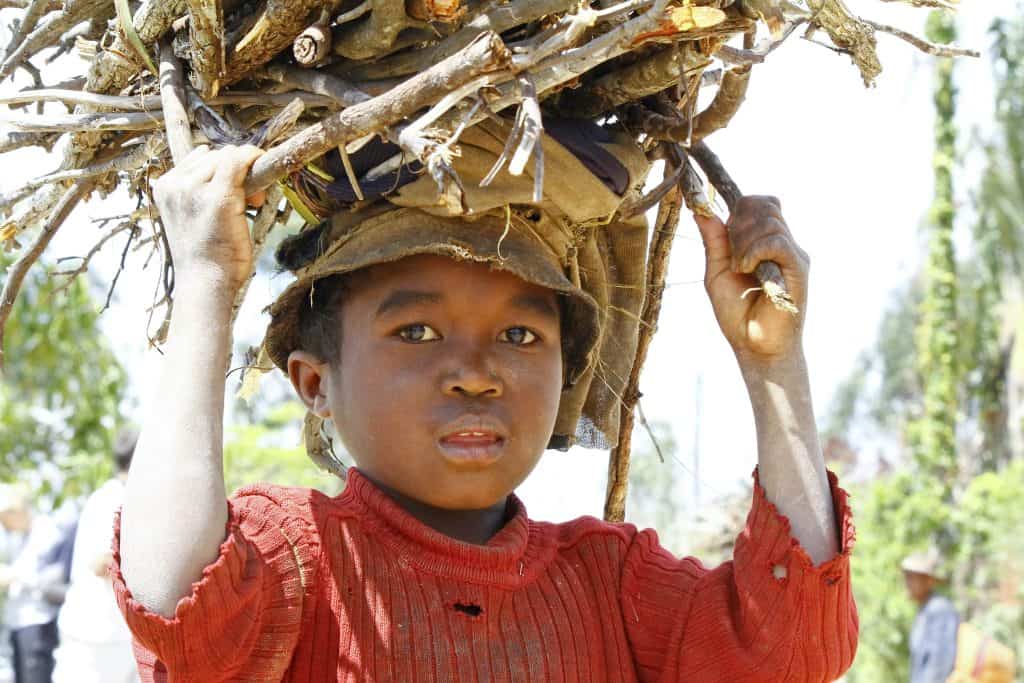
Energy poverty and financial poverty go hand in hand. Life-changing activities such as educating children, distributing information on an important topic like domestic violence support, starting a business, growing and storing food, accessing medical treatment and medications, safer cooking practices, and so much more are simply out of reach unless change can happen for these communities.
Energy poverty and financial poverty go hand in hand. Life-changing activities are simply out of reach without energy access.
Solutions Start with Awareness Then Involvement
Now that the impact of this dilemma is clear, Phocos would like to take this opportunity to bring awareness to energy access – a topic very near and dear to our company initiatives. October 22 is World Energy Day, an important day to not only be aware of, but to explore possible options to find ways to support the positive initiatives it represents. If more people are aware, more people can get involved.
World Energy Day was created in 2012 by the World Energy Forum to raise awareness about energy usage, ensuring the affordability of safe and sustainable energy for all people while promoting global decarbonizing efforts. This entails the commitment to discuss, analyze, plan and develop national policies to create a set of shared goals about the overall global improvement of energy access challenges so many people in the world face today.
Making the Case for Strategic Change
In some regions, population growth is outpacing recent projections, further impacting overburdened utility infrastructure. Revised plans to energy access goals and policies are required to keep up. Beyond rapid population growth, climate changes can also impact the future requirements as more energy will be needed for cooling and other mitigation efforts for individuals and businesses to prosper as global temperatures rise.
While there are many regions going through this challenge, Africa is an example to showcase the divide of the ‘haves’ and ‘have nots’ as you look at current conditions and future projections. Population growth is expected to significantly increase in the next 20 years, reaching to over 2 billion by 2040. “These profound changes will drive the continent’s economic growth, infrastructure development and, in turn, energy demand, which is projected to rise 60% to around 1,320 million tonnes of oil equivalent in 2040,” states the International Energy Agency (IEA). While solar energy installations can excel in Africa’s climate, to date they have less than 1% of the world’s solar installation capacity, so per capita, there is a clear divide and room for improvement.
UN Drives Global Strategic Initiatives
It is facts like these that drive strategic change. Organizations like the United Nations created the Sustainable Development Goals (SDGs) in 2015. There are 17 goals in all that have specific, vital targets to elevate the conditions for these populations with Goal 7 created specifically to solve the problem of affordable and clean energy for all. With this goal, the UN commits to end energy poverty by “ensuring access to affordable, reliable, sustainable, and modern energy for all by 2030.” The UN is making an effort to look at all sides of the problem and tackle it in a way that has a high-level directive implemented by local organizations.
We encourage you to read more about the UN’s 17 SDG goals with Goal 7 specifically dedicated to energy or track progress of their overall strategy to build sustainable communities.
For the goals to be reached by 2030, it is going to take immense funding and involvement. In 2015, the UN noted “energy lies at the heart of both the 2030 Agenda for Sustainable Development and the Paris Agreement on Climate Change.” Events and news surrounding energy access is updated on the UN’s Department of Economic and Social Affairs web page. This could be an opportunity for people in all countries to learn more about this important topic and get involved.
The UN is confident and pushing forward with aggressive goals. A news release from June 18, 2021, begins with “Everyone in the world could have access to clean, affordable energy within the next nine years if countries modestly increase investments.” With 160 experts and 16 UN and international organizations gathering to define a roadmap calling for a system overhaul earlier this year, there is impressive intellectual power behind their planning. This entails topics such as, by 2025, 100 countries establishing net zero goals or targeting a new norm of using 100% renewable energy. It also focuses on phasing out coal in stages to ultimately achieve a goal by 2050 of 92% of usable power coming from renewable energy sources.
Recognizing Real Progress
While there is a long way to go, there is positive news to share – and progress is happening. According to the IEA, “In Africa, the number of people gaining access to electricity doubled from 9 million a year between 2000 and 2013 to 20 million people between 2014 and 2019, outpacing population growth. As a result, the number of people without access to electricity, which peaked at 610 million in 2013, declined progressively to around 580 million in 2019” in this region, with countries like Kenya, Senegal, Rwanda, Ghana and Ethiopia leading the way.
Unfortunately, COVID-19 has reversed some of this positive momentum due to supply-chain disruptions, shifted government priorities, and social distancing challenges that have impacted some programs. Of course, there will be the need to balance priorities but the planning from the UN shows they are putting energy toward solutions.
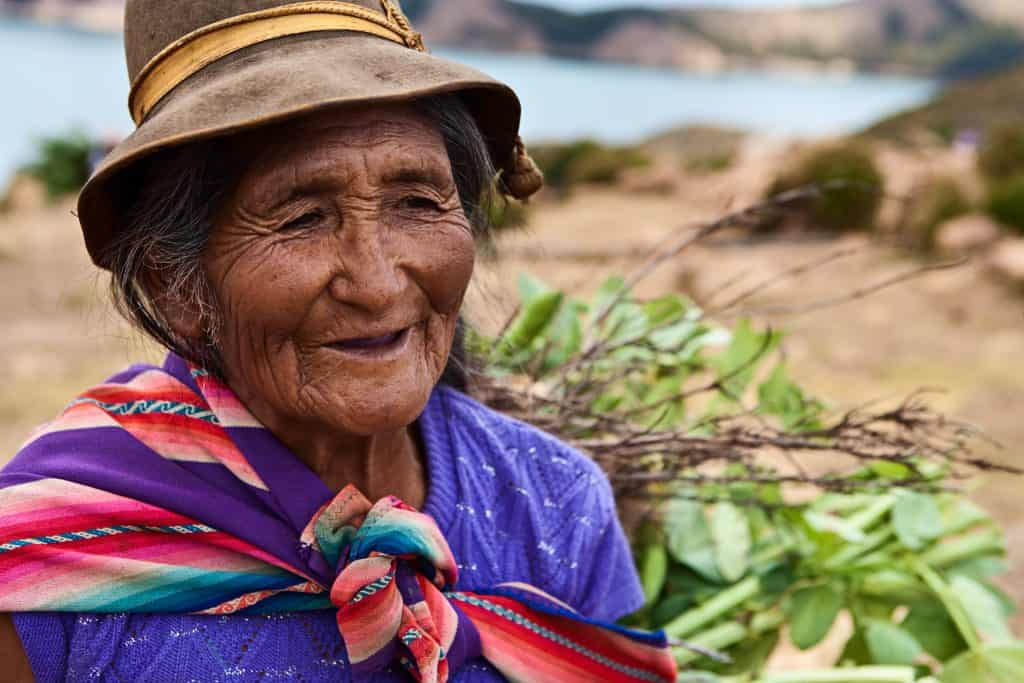
Our Commitment to Energy Access
Phocos aims to raise awareness about the topic of energy access and why it is so important. Bringing awareness of these conditions is the first step, and we hope with this article, you feel empowered to talk about energy access, learn more about populations impacted, and do what you can locally to be a part of the solution. It is time for change and it is time to improve conditions.
At Phocos, it is our mission every day to bring energy access to people ‘Anywhere, Anytime, Any-Grid’, so if you are a customer who has purchased our products in the past, we offer our sincere appreciation. Each purchase with Phocos is making reliable energy accessible possible one home, business, and project at a time. This is why we think it’s important to celebrate World Energy Day together.




